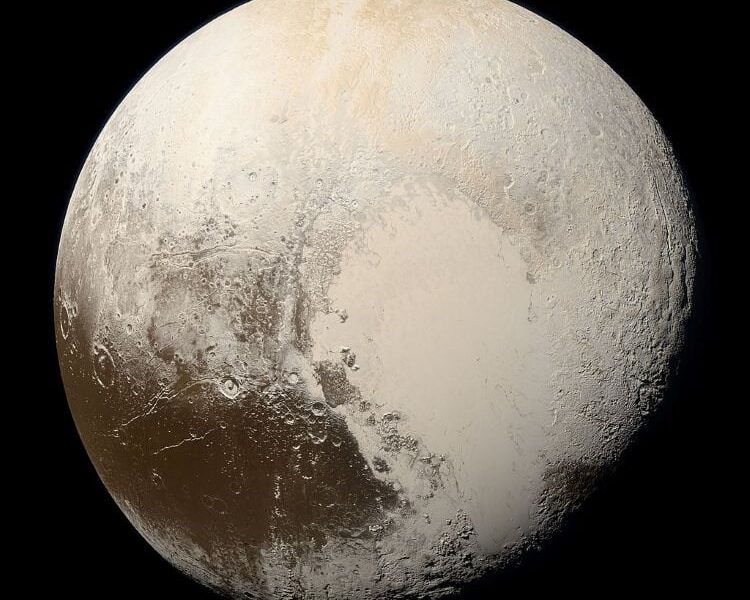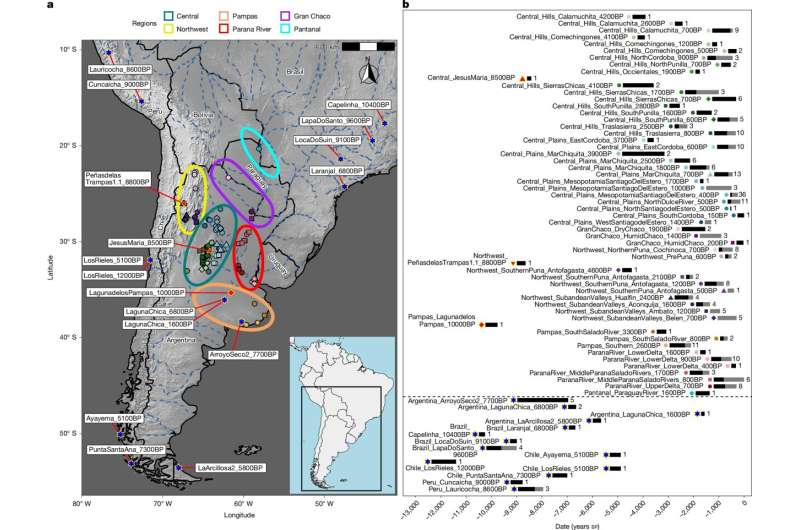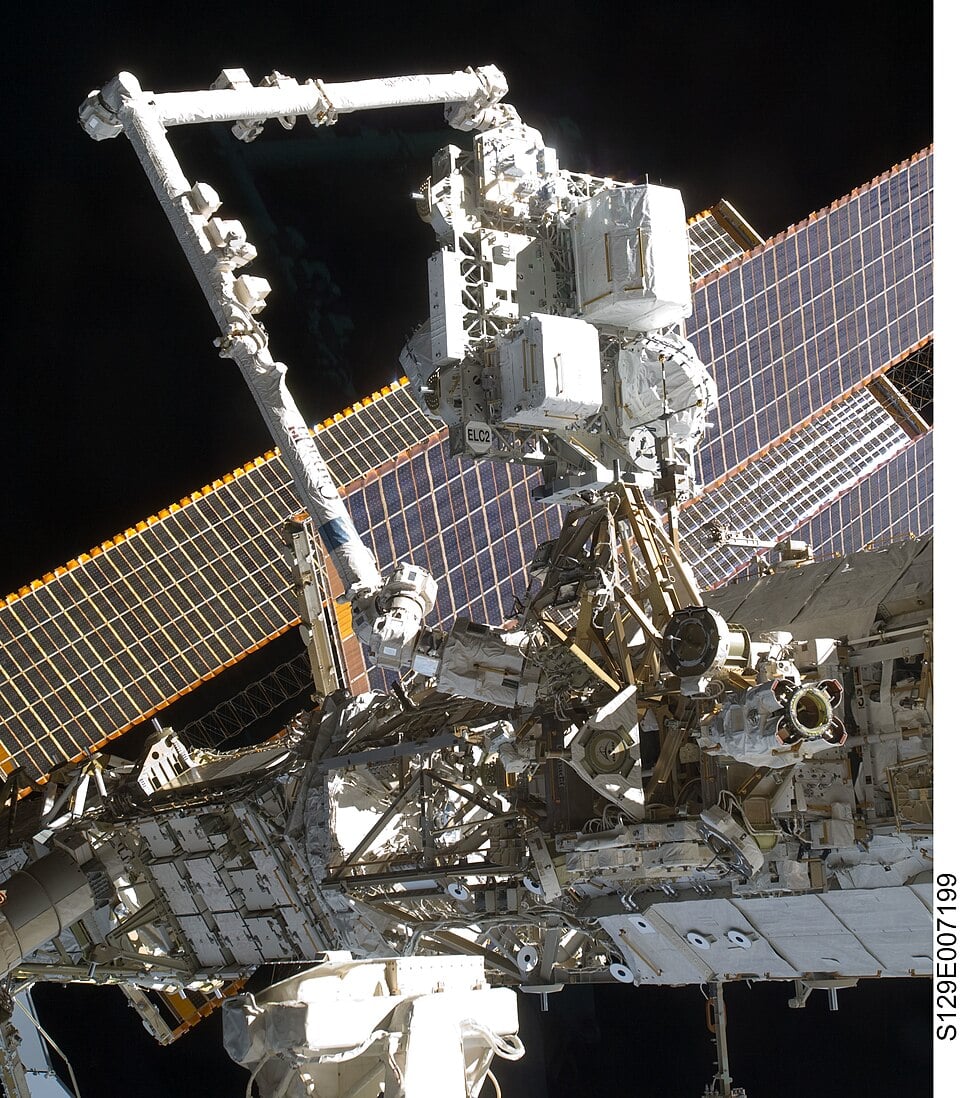A recent study published in The Planetary Science Journal has shed light on the potential for cryovolcanism on Pluto, particularly in the dwarf planet’s Hayabusa Terra region. Investigating the Kildaze caldera, scientists aimed to understand how geological activity persists despite Pluto’s distance from the Sun. The findings suggest that Pluto may still be geologically active, offering insights into its internal processes.
The research team analyzed images captured by NASA’s New Horizons spacecraft during its historic flyby in July 2015. By comparing these images with known cryovolcanic sites on Pluto, including Virgil Fossae and Viking Terra, as well as analog sites on Earth and Mars, the researchers gathered crucial data regarding cryovolcanic activity. Earthly examples included the Yellowstone and Valles Calderas, while Martian analogs featured collapsed pit craters in the Noctis Labyrinthus region of Valles Marineris.
To delve deeper, the team employed digital elevation models and 3D visualizations, which allowed them to assess the origins of the water ice within Kildaze. Their analysis indicated that the water ice is relatively young—estimated to be a few million years old—yet significantly younger than Pluto itself. The study asserts, “In consideration of the size, structure, composition, and youth of Kildaze and its surroundings, we suggest that this region is a cryovolcano with a caldera structure, having a history of one or more eruptions ejecting 1,000 km3 of cryolava, and possibly an unknown number of eruptions of a smaller scale.”
Cryovolcanism, which involves icy substances instead of traditional hot lava, has been observed across various celestial bodies in the solar system. These include Ceres, Europa, Ganymede, and Enceladus, among others. Potential driving forces behind cryovolcanic activity range from external impacts to internal heat generated by radioactive decay.
What distinguishes Pluto from its more active counterparts is its great distance from the Sun, which raises questions about the sources of its internal heat. Scientists are divided on whether this energy comes from tidal heating due to interactions with its largest moon, Charon, or from the residual heat left over from Pluto’s formation billions of years ago. A study published in Icarus in 2022 suggested that the interactions with Charon could account for Pluto’s internal heating, allowing it to retain warmth long after its moon’s heat dissipated.
While New Horizons remains the only spacecraft to have visited Pluto, interest in the dwarf planet continues to grow. Several proposed missions, including a fusion-powered orbiter-lander combination, aim to reach Pluto within four years—significantly shorter than the nine years it took New Horizons. In the meantime, researchers are diligently analyzing the data returned by New Horizons to unravel Pluto’s geological mysteries.
As scientists continue to explore potential cryovolcanic activity on Pluto, the implications of these findings may reshape our understanding of the dwarf planet’s geological dynamics. The research community eagerly anticipates further insights into the nature of cryovolcanism on Pluto, inviting a broader conversation about the geological processes at play in our solar system.







